Categories
New Blog
Tags
Tablet press machine molds are essential components in pharmaceutical manufacturing, ensuring that tablets are produced with consistent size, shape, and quality. However, because the production process requires a long time of high pressure and high frequency extrusion, the die is often subjected to wear, which leads to a decline in product quality and efficiency. How to extend the service life and production state of the die? The answer lies in a combination of proper maintenance, regular inspection, and a few strategic tips that can make all the difference.
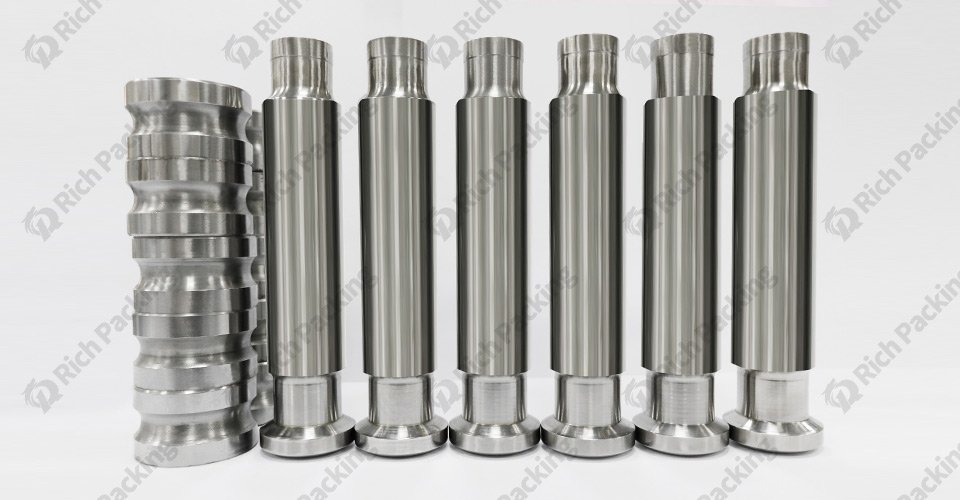
Before diving into how to save your tablet press mold, it's crucial to understand the factors that contribute to its wear and tear. Tablet press molds are subjected to high pressure, friction, and the constant impact of raw materials. Over time, this can lead to the following issues:
- Corrosion: Exposure to moisture and certain chemicals can cause the mold to corrode, weakening its structure.
- Abrasion: The constant movement of the mold parts against each other or the tablets can cause surface abrasion, leading to a loss of precision.
- Deformation: High pressure during the tablet pressing process can deform the mold, affecting the shape and quality of the tablets.
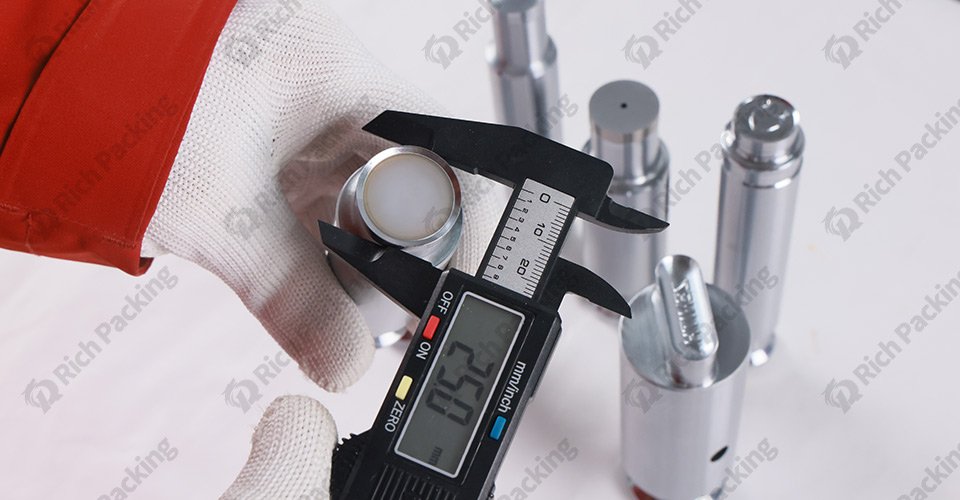
Daily Cleaning: Your First Line of Defense
The most fundamental step in preserving your tablet press mold is daily cleaning. After each production run, you should:
1. Remove any excess powder or debris from the mold components.
2. Use a soft brush or compressed air to clean hard-to-reach areas.
3. Wipe down the punches and die with a clean, lint-free cloth.
4. Visually inspect the entire mold surface for wear or breakage.
Remember, even small particles left in the mold can lead to scratches or imperfections in future tablets. By implementing a thorough daily cleaning routine, you're already ahead of the game in mold preservation.
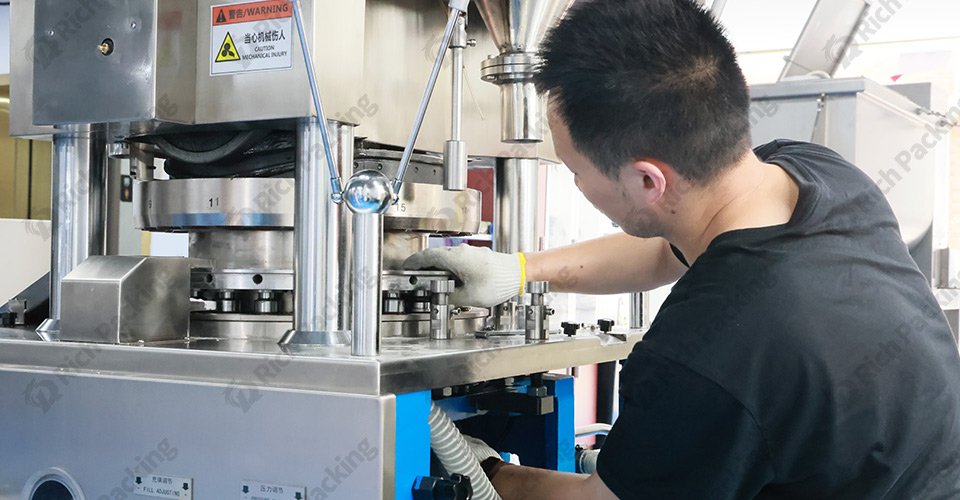
Proper Lubrication is Key
Lubrication plays a vital role in reducing friction and preventing abrasion in your tablet press mold.Avoid lubricants that can cause residue buildup or react negatively with the mold material.Here's what you need to know:
1. Choose the right lubricant for your specific mold material and tablet formulation.
2. Apply a thin, even layer of lubricant to the punch tips and die walls.
3. Avoid excessive lubrication, which can contaminate your tablets.
4. Regularly check and reapply lubricant as needed during production runs.
By mastering the art of lubrication, you'll reduce friction, prevent sticking, and extend the life of your mold components.
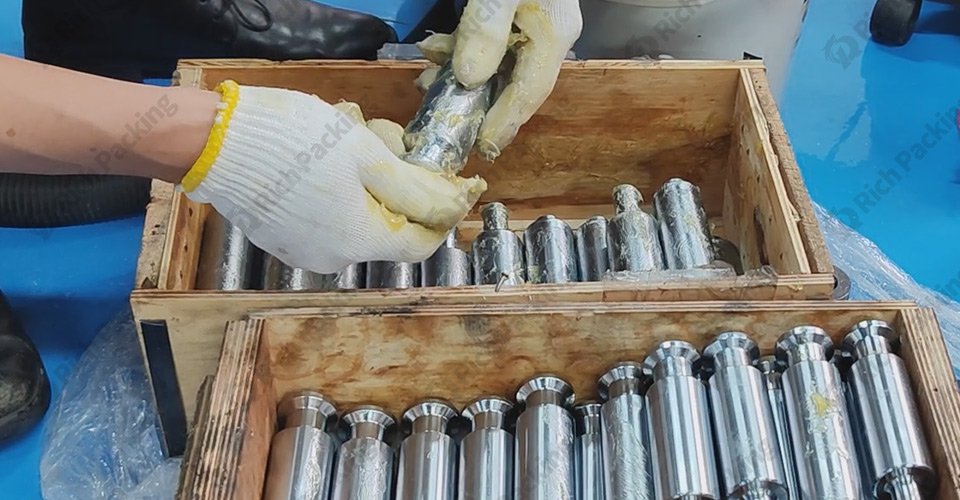
Storage: Protecting Your Investment
When your tablet press mold isn't in use, proper storage is crucial. Here are some key tips to keep in mind:
1. Clean and dry all components thoroughly before storage.
2. Apply a light coat of protective oil to prevent rust.
3. Store punches and dies in designated racks or cases to prevent contact and damage.
4. After cleaning and maintaining the mold, place it in a warehouse with appropriate temperature and humidity to avoid unnecessary damage to the mold caused by fluctuations in temperature and humidity.
Proper storage not only protects your mold from physical damage but also prevents corrosion and other environmental factors that can shorten its lifespan.
In addition to cleaning the mold after production every day, it is also necessary to conduct regular in-depth inspections of the mold to find problems in time to avoid potential problems becoming big problems. Set a regular schedule for:
1. Examining punch tips for signs of wear or chipping.
2. Checking die walls for scratches or irregularities.
3. Measuring punch lengths to ensure they're within specification.
4. Inspecting all moving parts for proper alignment and function.
By staying proactive with your inspections, you can address minor issues before they lead to costly repairs or replacements.
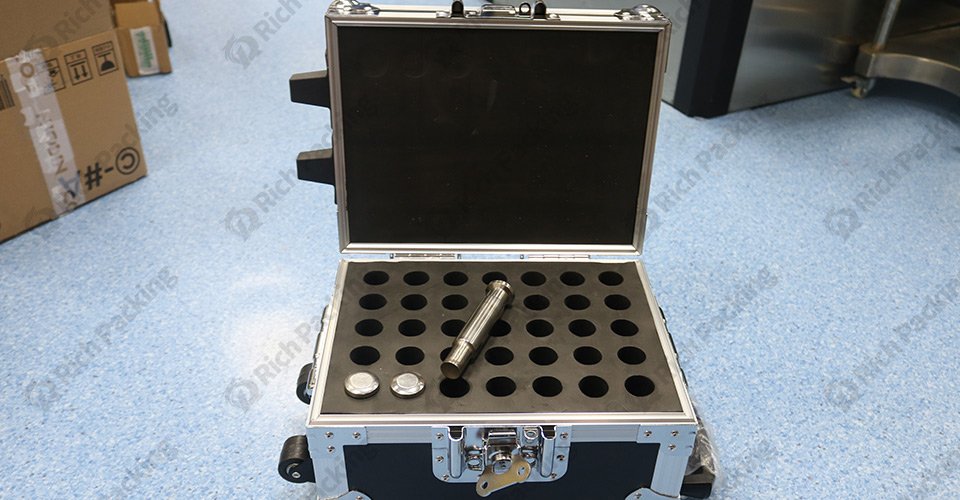
Even the most robust tablet press mold can be damaged by improper handling. Train your team on the correct procedures for:
1. Installing and removing punches and dies.
2. Adjusting mold components during setup.
3. Handling molds during cleaning and maintenance.
Emphasize the importance of gentle, precise movements when working with the mold. A little extra care can go a long way in preventing accidental damage.
Despite your best efforts, you may encounter some common issues with your tablet press mold. Here's how to address them:
1. Sticking tablets: Review your lubrication routine and check for any surface imperfections on the punches or die.
2. Chipping or breaking tablets: Inspect punch tips for damage and ensure proper alignment.
3. Inconsistent tablet weight: Check for wear on the lower punch and die, and verify the accuracy of your fill depth settings.
By quickly identifying and addressing these issues, you can prevent further damage to your mold and maintain product quality.
For those looking to take their mold preservation to the next level, consider these advanced techniques:
1. Surface treatments: Explore options like chrome plating or PVD coatings to enhance durability.
2. Ultrasonic cleaning: Invest in an ultrasonic cleaner for more thorough removal of stubborn residues.
3. Predictive maintenance: Implement sensors and data analysis to predict when components may need replacement.
Consider seeking professional assistance when:
1. You notice significant wear or damage to mold components.
2. Your tablets consistently fail quality control checks despite your best efforts.
3. You're implementing new tablet formulations that may require specialized mold treatments.
Professional servicing can often restore your mold to like-new condition, saving you the cost of a full replacement.
As technology advances, so do tablet press molds. Consider upgrading your mold to take advantage of:
1. New materials that offer improved wear resistance.
2. Enhanced designs that increase production efficiency.
3. Smart features that integrate with your tablet press for better monitoring and control.
While upgrading may seem costly upfront, it can lead to significant savings and improvements in the long run.
Saving your tablet press mold requires a proactive approach that combines proper maintenance, regular inspections, and strategic use of quality materials. By implementing the tips outlined in this guide, you can significantly extend the life of your mold, ensuring consistent tablet production and reducing overall costs. Remember, a well-maintained mold is key to the success and efficiency of your tablet manufacturing process. Take action today to protect your investment and keep your production running smoothly.